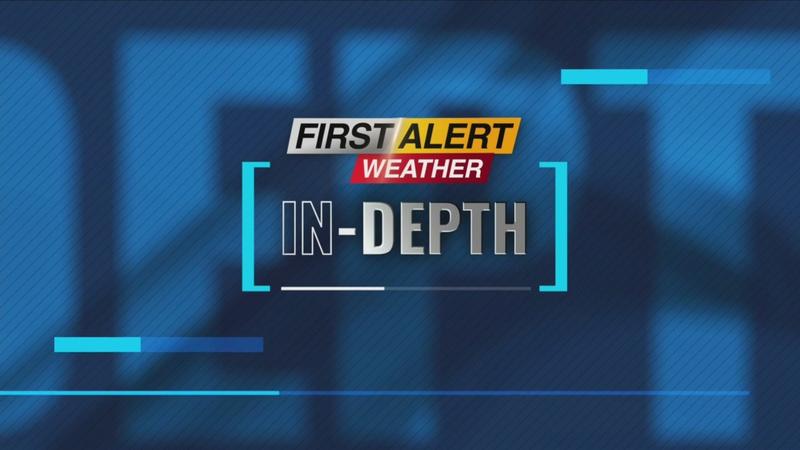First Alert Weather In-Depth: Measuring the vital signs of the atmosphere

ROCHESTER, N.Y. — We have a whole set of different weather ingredients to measure the atmosphere. Just like going to the medical doctor to check your vital signs, a meteorologist is checking the vital signs of the atmosphere.
It could be the dewpoint, humidity, or wind speed and direction. But this time we will talk about atmospheric pressure.
If you imagine a national map and how we plot the pressure across the country, a blue color can signify a higher pressure and red color is the lower pressure. Thursday is a great opportunity to view the difference in pressure because of a deep storm now passing through the central great lakes. That difference in the pressure is the signature of the intensity of the storm.
How can you measure this at your home? Believe it not, you can make your own barometer. Some of the necessary components for this project include a large glass, pencil, straw, and a piece of paper — which is illustrated as a scale. In addition, you will need some scotch tape and a balloon. This should only take you a few minutes to assemble.
Just take your balloon and stretch it over the top of the glass. Make sure it’s air tight. This is your air cylinder which will expand and contract in response to the changes in the atmosphere.
Then attach the straw by glueing it to the top of the balloon. The straw should be pointed towards the index card as means of reading the changes. If your instrument is built correctly, when the air pressure is lower the balloon will expand pushing the straw down. If we have air pressure that’s going higher, this will contract the balloon pushing the straw up. This is the weight of the overlying air which we call the atmosphere.
If you are having difficulty picturing this, just refer to my video for what should be a clearer picture of how to construct the instrument.
You can go out and spend a lot of money on a barometer, but why not try this simple way of measuring the atmosphere at your house?